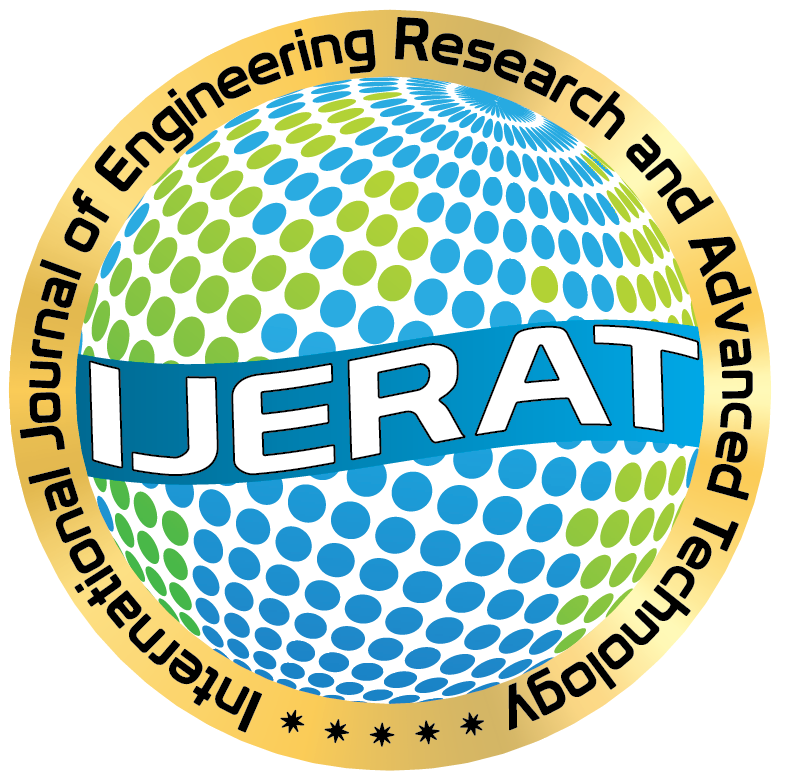Effect of Nose angle on surface texture while profile turning – An Experimental approach
Keywords:
Nose angle, feed per revolution, dry machining, surface finishAbstract
The secondary manufacturing process involves turning operation including profile turning operations. Cutting tools for metal cutting have many shapes, each of which are described by their angles or geometries. Every one of these tool shapes has a specific purpose in metal cutting. Different tool signatures of the cutting tool are used for different operations. The primary machining goal is to achieve the most efficient separation of chips from the workpiece. For this reason, the selection of the right cutting tool geometry is critical. This paper presents an experimental investigation on the cutting tools having varied nose angles, its strength and suitability on profile turning application. Different Nose angle tools were taken for turning profile on a 58CrV4 material. A Carbide Tip Brazed cutting tools with 90⁰, 60⁰, 30⁰ nose angles were used for the turning test under dry conditions. The surface finish of the component was measured using mitutoyo make portable surface roughness tester of model SJ201P. The micro chipping and macro chipping if any on the cutting tool were recorded using a tool makers Microscope. The cutting edge strength against Micro chipping and Macro chipping were monitored after every pass. The results indicated that the surface finish obtained when 60⁰ nose angle tools was used for profile turning at 0.05 mm feed per revolution.








